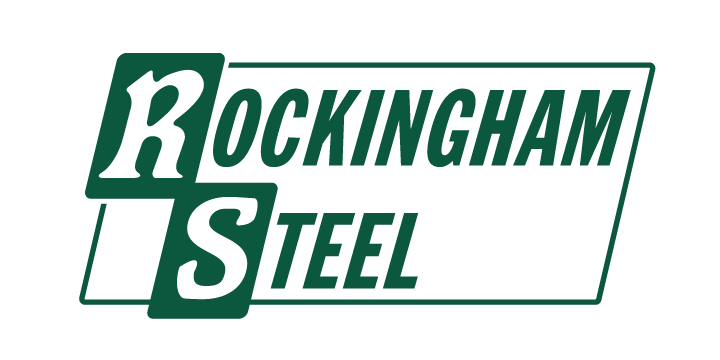Tekla 3D Detailing
Tekla Structures, developed by Trimble, is a widely-used 3D modeling software in the construction and engineering industry that provides detailed design and modeling solutions, including rebar detailing and fabrication. Tekla Structures is renowned for its ability to create precise and comprehensive 3D models of concrete structures, and it is particularly valuable for rebar detailing and fabrication in construction projects.
In summary, Tekla Structures is a powerful software tool that streamlines the 3D detailing and fabrication of rebar products in construction projects. Its precision, automation, customization options, and integration capabilities make it an invaluable asset for professionals in the construction and engineering industry who are involved in the design, detailing, and fabrication of reinforced concrete structures.
Here are the key features and benefits of using Tekla Structures for 3D detailing of rebar products:
Accurate and Detailed Modeling: Tekla Structures allows users to create highly accurate 3D models of concrete structures, including detailed rebar arrangements. This level of precision is essential for ensuring that the rebar meets engineering and design specifications, reducing errors, and avoiding costly on-site modifications.
Parametric Modeling: Tekla Structures uses parametric modeling, which means that changes made to the design are automatically reflected throughout the model. This feature is especially useful for rebar detailing, as it simplifies the process of modifying the rebar configuration in response to design changes.
Automation: The software offers tools for automated rebar detailing, which can significantly increase efficiency in the design and fabrication process. Rebar shapes and assemblies can be quickly generated based on predefined rules, reducing manual work and the potential for errors.
Customization: Tekla Structures provides flexibility in customizing rebar shapes, sizes, and configurations to meet the specific requirements of a project. It allows for the creation of complex rebar assemblies, including stirrups, hooks, and various shapes, which can be tailored to different structural elements.
Clash Detection: The software includes a clash detection feature that helps identify and resolve clashes or conflicts between rebar elements and other structural components, such as pipes or HVAC systems. This early detection can prevent costly issues during construction.
Integration: Tekla Structures is known for its compatibility with other industry-standard software and file formats, enabling seamless collaboration with structural engineers, architects, and other project stakeholders. It can import and export files in formats like IFC (Industry Foundation Classes) to facilitate coordination and data sharing.
Material and Cost Estimation: Users can generate material takeoffs and cost estimates based on the 3D model, which is invaluable for project budgeting and procurement planning.
Shop Drawings and Reports: The software can produce detailed shop drawings and reports for rebar fabrication, including bar bending schedules and cut lists. These documents serve as instructions for rebar fabricators and contractors, ensuring that the rebar is fabricated and installed correctly.
Project Visualization: Tekla Structures allows for realistic 3D visualizations and renderings, which can be useful for communicating design intent to clients and project teams.
Enhanced Communication: By creating a single, authoritative 3D model of the structure, Tekla Structures enhances communication and collaboration among all project stakeholders. This helps reduce misunderstandings and promotes a smoother construction process.


